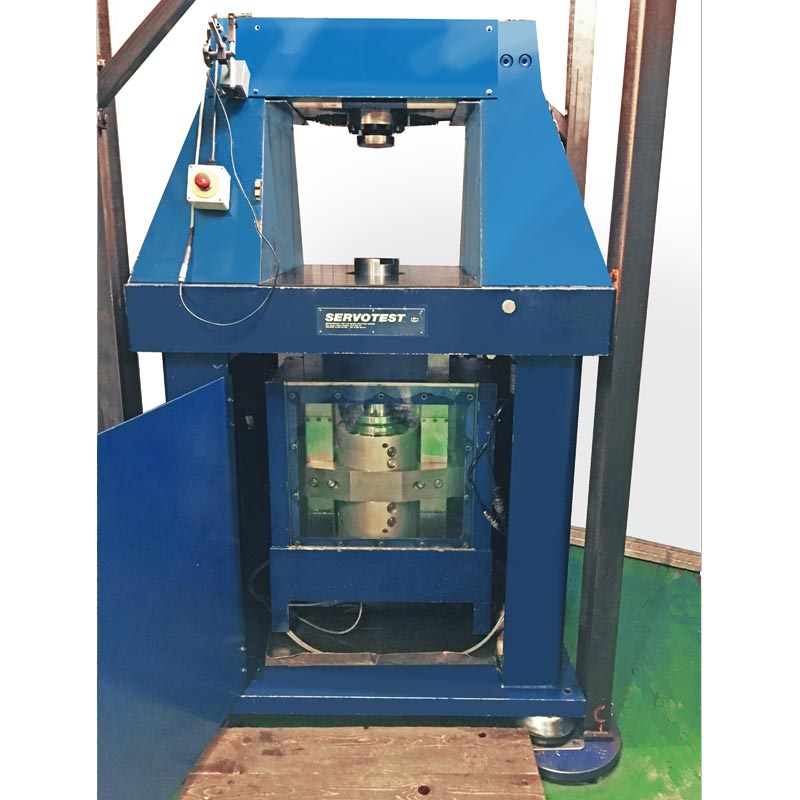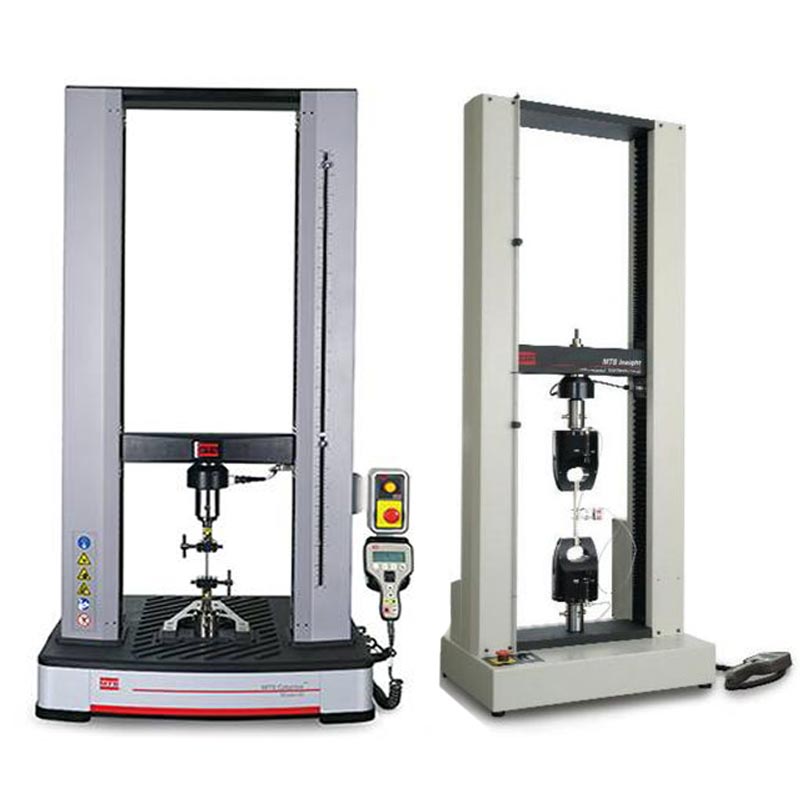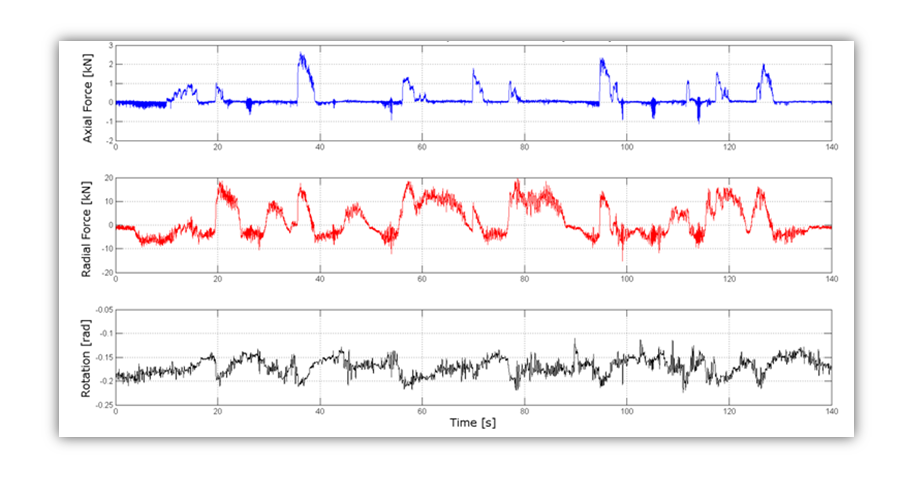Our flexibility
We are committed to find solutions and be flexible.
We are good at listening to and understanding our customers’ needs, both explicit and implied. We are experts in analyzing technical requirements and finding the right solution, whether suggesting custom-made solutions or offering our standard catalogue products. Finally, we have the ability to quickly produce high-quality components at the best price.
Our competence
We have a long quality tradition behind us. Fibet is a company with an excellent production capacity that is faithful to the long-standing tradition of Italian industrial quality, but is also a global player with branches in Europe and Asia.
The value of our experience translates in our ability to innovate on a daily basis.
Our excellence
We combine excellence and speed, while guaranteeing high quality standards.
Our versatility allows us to quickly understand the customers’ demands and the problems to be solved, so we can promptly act in a flexible way in order to support our worldwide customers.
Our approach
Our strength lies in flexibility and speed when responding to our customers’ needs, finding solutions that are both efficient and suitable to the circumstances.
Our technical department work together with our customers in order to better understand their requirements and analyze all technical and economic aspects before identifying the best course of action, whether this lies in designing a custom-made product, or proposing a standard catalogue product.
Our catalogue products
Our project team are able to support our customers in the choice of the most suitable dampening system, depending on the stiffness of the three axes, the maximum dimensional envelope available and on the mounting layout, in order to avoid resonances induced by the excitation forces of the system that needs to be insulated.
In order to identify the best dampening system, we are prepared to carry out, if necessary, a series of tests at our customer’s location to gain the technical data relative to the application of the dampening system. This will allow us to align the theoretical model, built according to a multi-body approach, with the specific circumstances by using sensitivity techniques. Our team uses a software programmed in Matlab code, which can not only convert the accelerometric data into speed and movement, but can also extrapolate the transmitted forces from the degree of stiffness of the vibration-dampening bushes.
Our custom-made products
Our technical department uses a well-established methodology to calculate both static and dynamic stiffness. Through finite element calculation codes developed in a Multiphysics COMSOL environment, we are able to run stress resistance tests against applied loads, both on metal and rubber elements. The rubber features are determined by our own laboratories, thereby reducing the time needed to design suspension systems.
Once the calculation design is over, we begin the prototyping phase. All prototype moulds are made in-house in a dedicated toolroom using the latest CNC machines for a speedy development compliant with the APQP method (Advanced Product Quality Planning).
When the prototype has been made, we move on to the testing phase. With the help of two MTS dynamometers and one SERVOTEST servo hydraulic machine, our laboratory is able to carry out a static and dynamic characterisation of the vibration-dampening bushes on the three axes or in a specified direction, at a broad range of temperatures thanks to the use of a climate chamber.
SERVOTEST (Servo hydraulic Test Machine)
- Axial Static and Dynamic Stiffness;
- Radial Static and Dynamic Stiffness;
- Torsion Static and Dynamic Stiffness;
- Conical Static and Dynamic Stiffness;
- Test performed in a wide temperature range.
MTS (Electronic Dynamometer)
- Axial Static Stiffness;
- Radial Static Stiffness;
- Test performed in a wide temperature range.
The final validation of the product is achieved after carrying out a durability test with different kinds of frequency excitation:
Tri-axial Load Fatigue Testing (Servo-Hydraulic Machine):
- Sinusoidal Waveform
- Square Waveform
- Triangular Waveform
- Custom Excitation (we are able to reproduce drivers provided by our customers)
- Random Excitation
All durability tests on components can be carried out at a fixed temperature.
Once the prototype has been validated through sensitivity procedures, the project is “frozen” and we can proceed to realize the definitive mould tool, which will be used for the actual production.
In this phase, too, we use cutting-edge tools and dedicated software. Specifically, the project phase is supported by Autodesk Moldflow software, which, by simulating the process of rubber injection and vulcanisation, allows us to streamline the moulding process by reducing performance variations.
In order to realize the moulds, machines running CAD-CAE, Autodesk Inventor, and CAD-CAM Vero International are used, that ensure high quality standards. The communication between CAD-CAM software and machine tool control software enables us to shorten the production times of the moulds, by swiftly adapting to the design variations sometimes necessary with custom-made products.
















